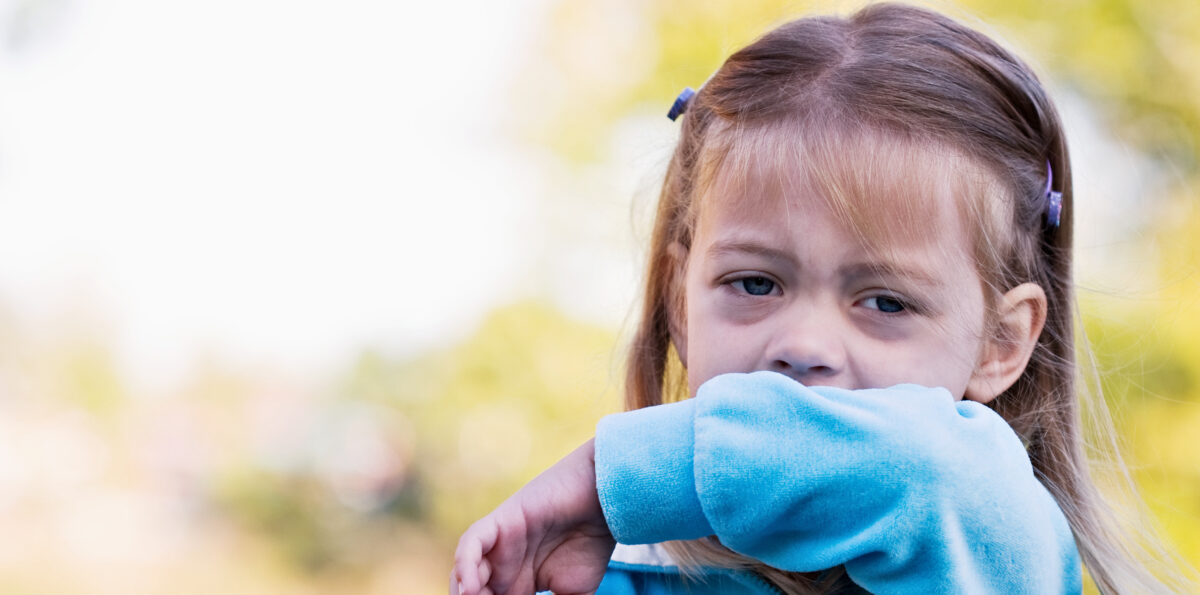Keeping our communities healthy: How you can help during flu and RSV season

It’s all over the news and social media — respiratory syncytial virus (RSV) is back with a vengeance and affecting many people, especially young children. While it’s easy to worry and it should be taken seriously, our clinicians at Mary Bridge Children’s want to remind parents and caregivers that RSV is a very common childhood virus, and usually is not severe.
According to the American Academy of Pediatrics, almost all children will get RSV at least once before they turn 2 years old, but only 3 percent will require hospitalization.
RSV is just one of many viruses that cause respiratory illness, affecting the nose, throat and lungs. It is contagious and can be contracted more than once in a season, but it is usually treatable at home.
Preventing RSV
The key to prevention is good hygiene. Wash your and your child’s hands often, using warm water and soap, and scrubbing for at least 20 seconds. Disinfecting frequently touched surfaces like doorknobs, remote controls, countertops and toys, is also beneficial.
There is no vaccine for RSV but staying up to date on routine vaccinations provides your child’s body with a stronger immune response to viruses.
If your child is sick, even with the sniffles, it’s best to stay home until they feel better.
There are certain high-risk infants who qualify for a special preventive treatment so check with your health care team if needed.
Catching RSV
RSV is very common. For most children, it is like a bad cold. But for some, those cold-like symptoms can develop into bronchiolitis, a lower respiratory tract infection that can be dangerous.
RSV is also contagious. It spreads like the common cold, by person-to-person contact with saliva, mucus and nasal discharge. It typically enters through the nose or eyes. RSV survives on skin and surfaces, including dirty hands, toys, doorknobs and countertops.
Treating RSV
If you think your child has RSV, but their airways are not restricted and they’re not severely dehydrated, the best thing to do is to contact their pediatrician for advice and stay home to rest.
There is no treatment for RSV, but there are ways to alleviate symptoms.
Using a gentle saline nasal rinse and running a cool-mist humidifier can provide relief. Additionally, make sure your child is well-hydrated. If they’re not yet eating solids, offer additional feedings to increase their fluid intake. For children 6 months and older, acetaminophen or ibuprofen can also provide symptom relief. Always check with your child’s pediatrician before giving any medication.
Identifying your child’s symptoms
Call your child’s pediatrician right away for:
- Symptoms of bronchiolitis (list in right column)
- Symptoms of dehydration
- Pauses or difficulty in breathing
- Gray or blue tongue, lips or skin
- Significantly decreased activity or alertness
Cold (upper respiratory infection) symptoms may include:
- Fever of 100.4 or higher
- Cough (dry or wet)
- Congestion
- Runny nose
- Sneezing
- Fussiness
- Poor feeding
Bronchiolitis (lower respiratory infection) symptoms may include:
- Fast breathing
- Flaring of the nostrils
- Head bobbing when breathing
- Rhythmic grunting when breathing
- Belly breathing (breathing between the ribs and/or lower neck)
- Wheezing
Information in this article adapted from and article by the American Academy of Pediatrics and verified by Mary Bridge Children’s pediatrician Andrea Donalty, MD.